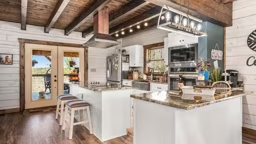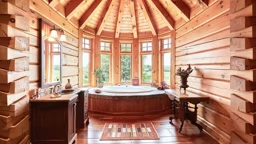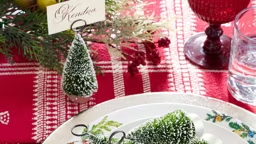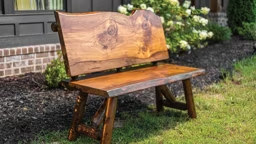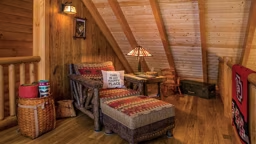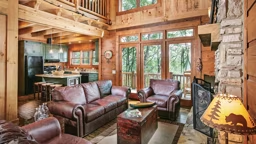By Joyce Standridge
“Don’t go for second best,” Madonna advises in her hit song, “Express Yourself.” Heed her words.
A mistake in clothing is easily fixed. Even the choice in a car is a limited-period experience, and you know that before making the purchase. However, while homes, and the furniture inside, may not last forever, the setting and surroundings in which a person or family lives expresses who the homeowner is in a way that no other possession does.
Even most people who utilize the expertise of a professional interior designer expect to offer direction and make decisions regarding selection. The choice of furnishings says more about how a person sees the world — and wants the world to see him or her.
Functionality is key, of course, but since log homes are a setting that can frame almost any style of decor, homeowners are often more focused on creating a statement. The trick in all this is knowing what type of furnishing style best expresses who you are. Here are the more common styles and what they say, without the need to articulate.

Traditional
This is the style that isn’t really a stylish-style. There is nothing bold about it. It’s the accountant of styles, which is not a bad thing at all. In fact, it’s nearly impossible to mess up.
What it says about the homeowners is that they are careful, not given to wild spurts of trendiness that will have to be updated regularly, and interested in a setting that is timeless.
Well-planned, traditional pieces will be just as comfortable and attractive in two decades as the day they are placed in the home. Surprisingly, traditional pieces are often also selected for more adventurous types who want simplicity and timelessness as the backdrop for trendy accoutrements.
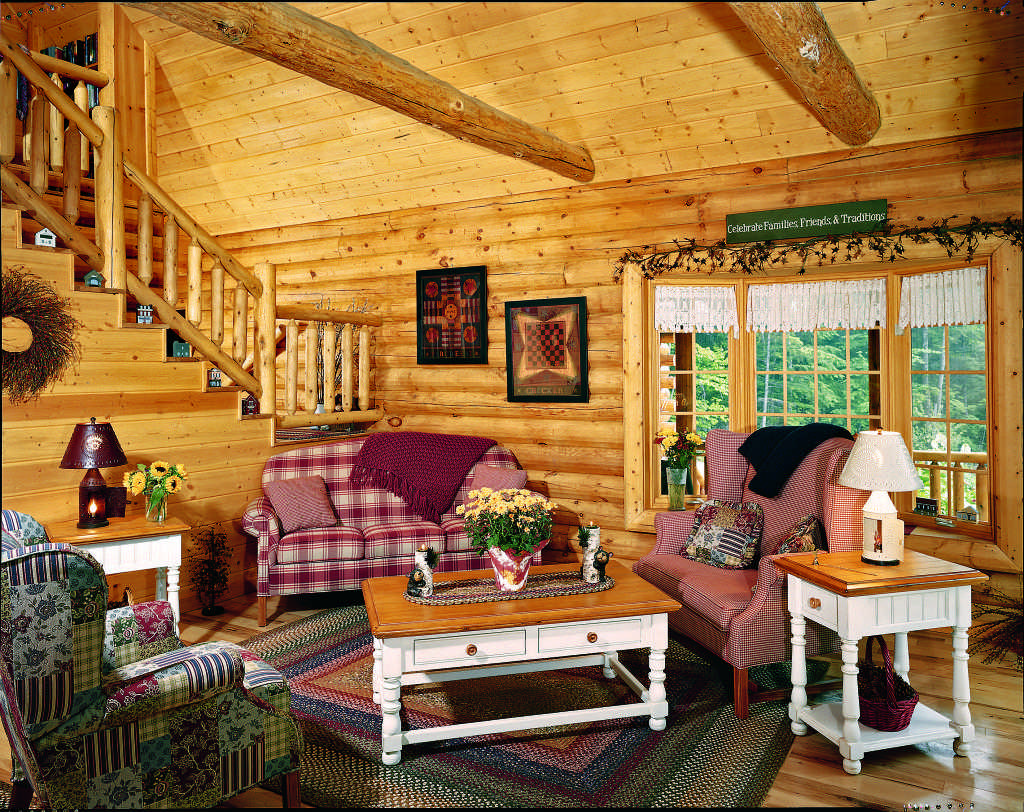
Country
Especially for those who build in the eastern United States and Canada, Country style is popular. It’s not a geographic influence so much as a reflection of a deeper sense of roots and a longer history.
Country style log home furnishings pay homage to the past; it seems that homeowners who want to include collections, whether antique or recently acquired, lean in this direction. This is the style for people who are not going to stop adding possessions when they first turn the key. It’s not Crazy Aunt Nelda-style, but it can be her mildly eccentric sister, who also wants to be comfortable.
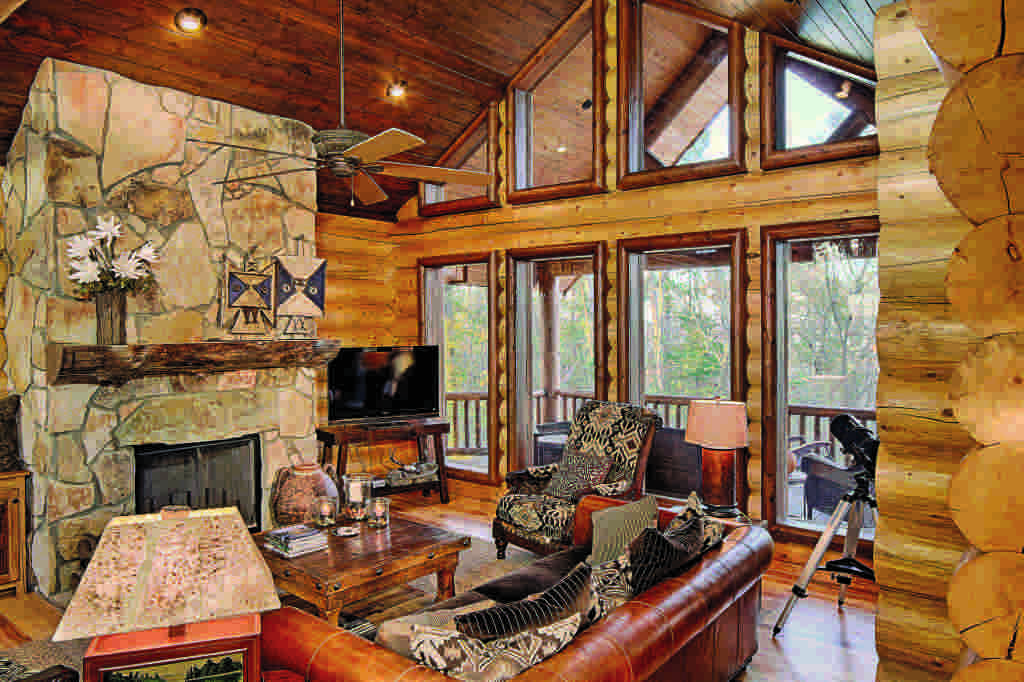
Western/Southwestern
Seemingly the opposite of Country, it’s really just a different approach to the same commitment to comfort and history, only in different fashion. Regardless of geographic location, it chooses leather and generously woven fabric. You don’t have to be the Lone Ranger (or Tonto) to appreciate the generous proportions that embraces expansive living.
This style somehow combines both outgoing personality and conservative appreciation for the past. People who don’t see themselves as wedded to modern life often view this style as a soothing tribute to a simpler life, without actually giving up 21st-century comfort.
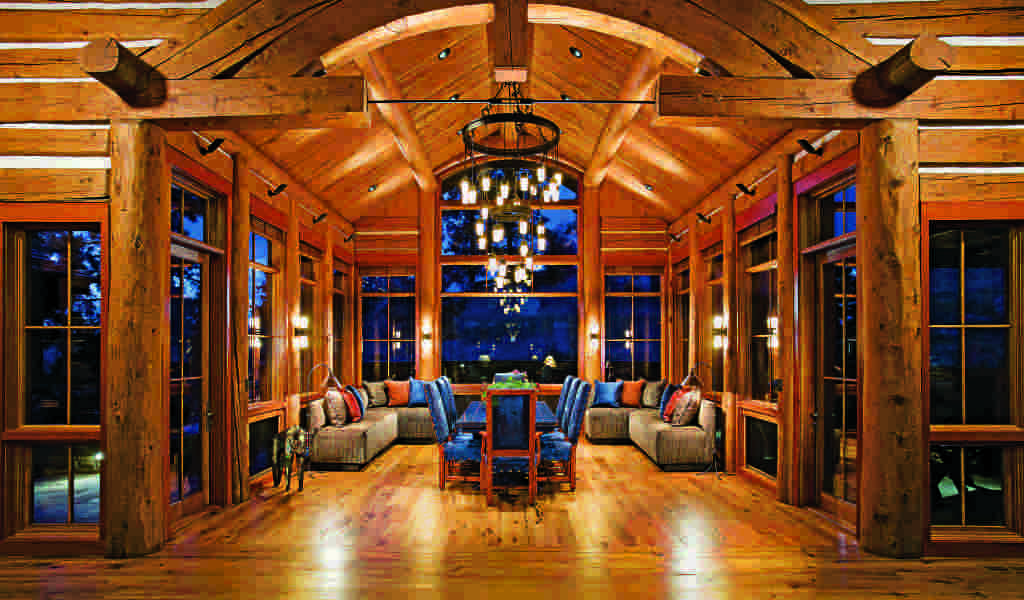
Contemporary
Here is the styling for those who want a clean, sparser setting. Contemporary is a trickier style to pull off with log home furnishings because wood’s softer texture seems counterintuitive for the brasher elements that define Contemporary (also called Mid-Century Modern).
Sharp corners, straight lines and no fussiness work fine when selected with care and attention to detail, especially more conservative color. If appreciation for simplicity is inherent in the homeowners’ approach to life, go for it.
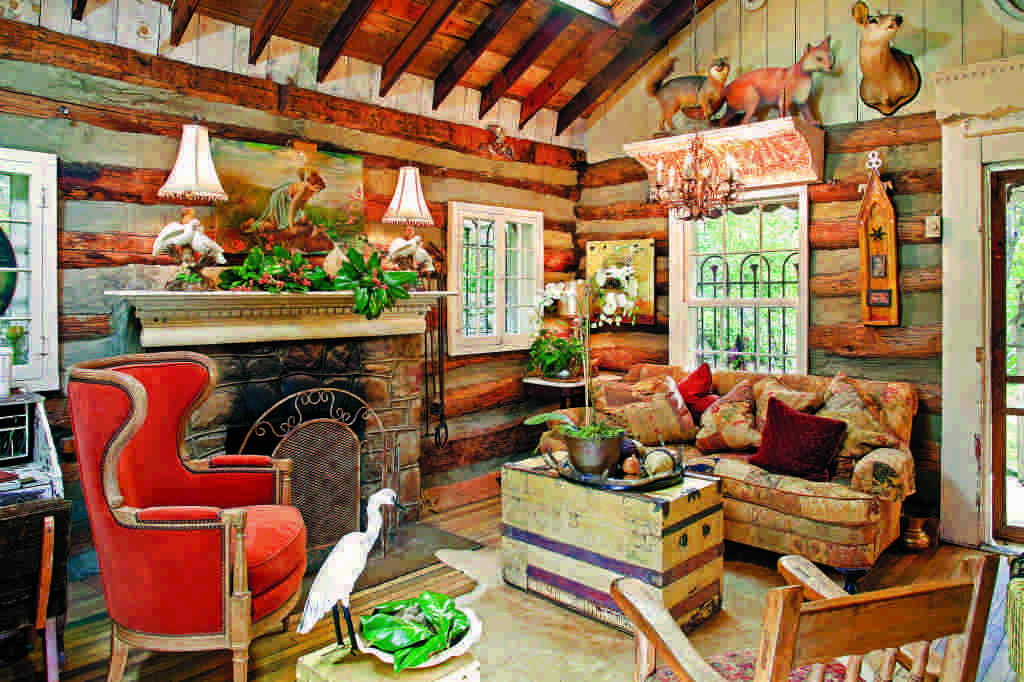
Whatever
It’s not necessary to watch HGTV regularly to understand that a couple can possess very different personalities, goals and expectations for expression. Often, within a circle of friends, it’s possible to see that dynamic in action.
So, who wins when it’s time to establish the style of a home either through new construction or a remodel? Well, it’s possible that everyone can win simply by throwing the rules out the window. Some people call this Eclectic style. Whatever moniker it wears, it is the daring, bold way to approach decor.
Combining the piece that speaks to one person with another piece appealing to another family member may take patience and plenty of thought, but in the end, it’s more important that a home and its furnishings say, “This is who these people are. This is how they chose to express themselves.”




